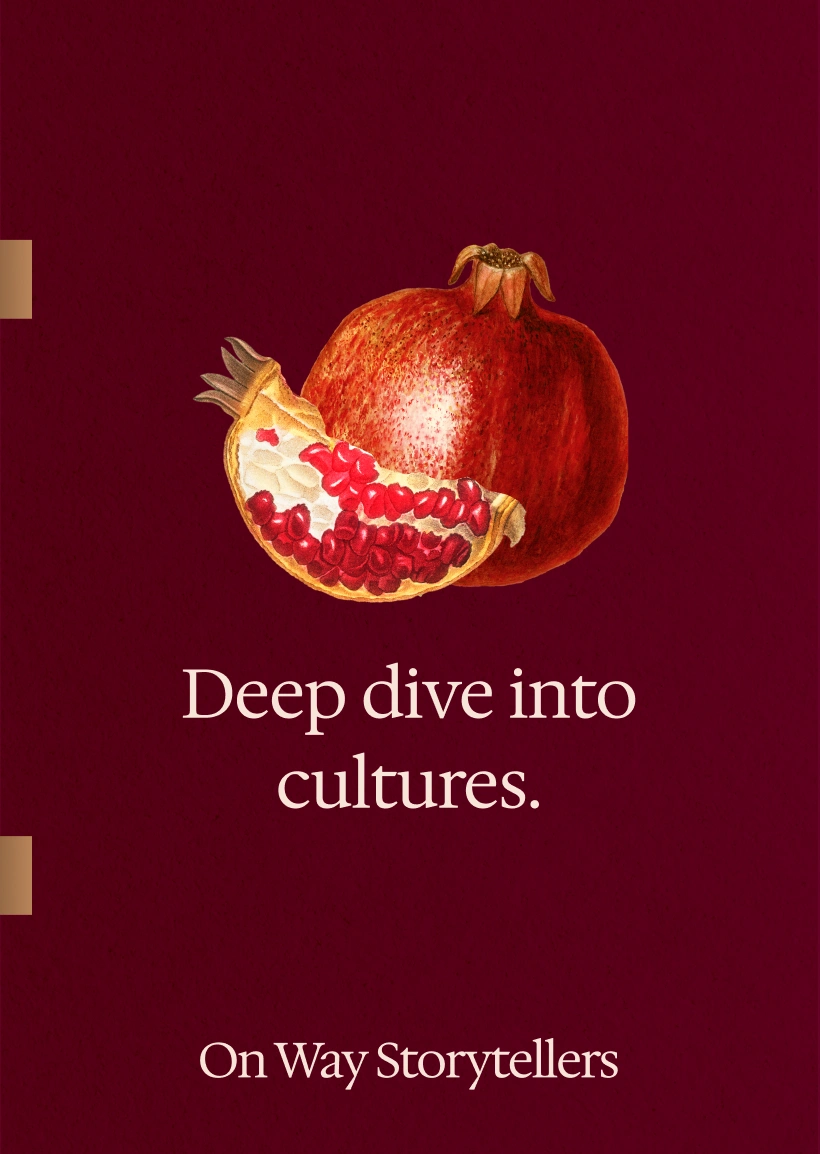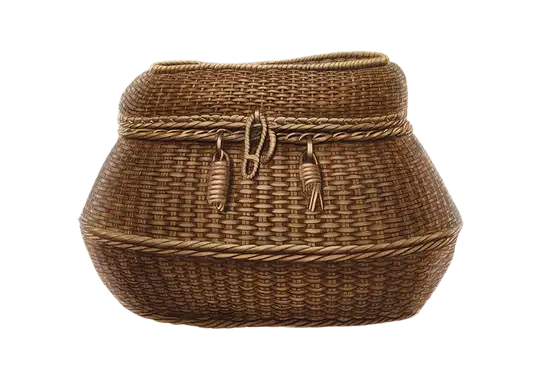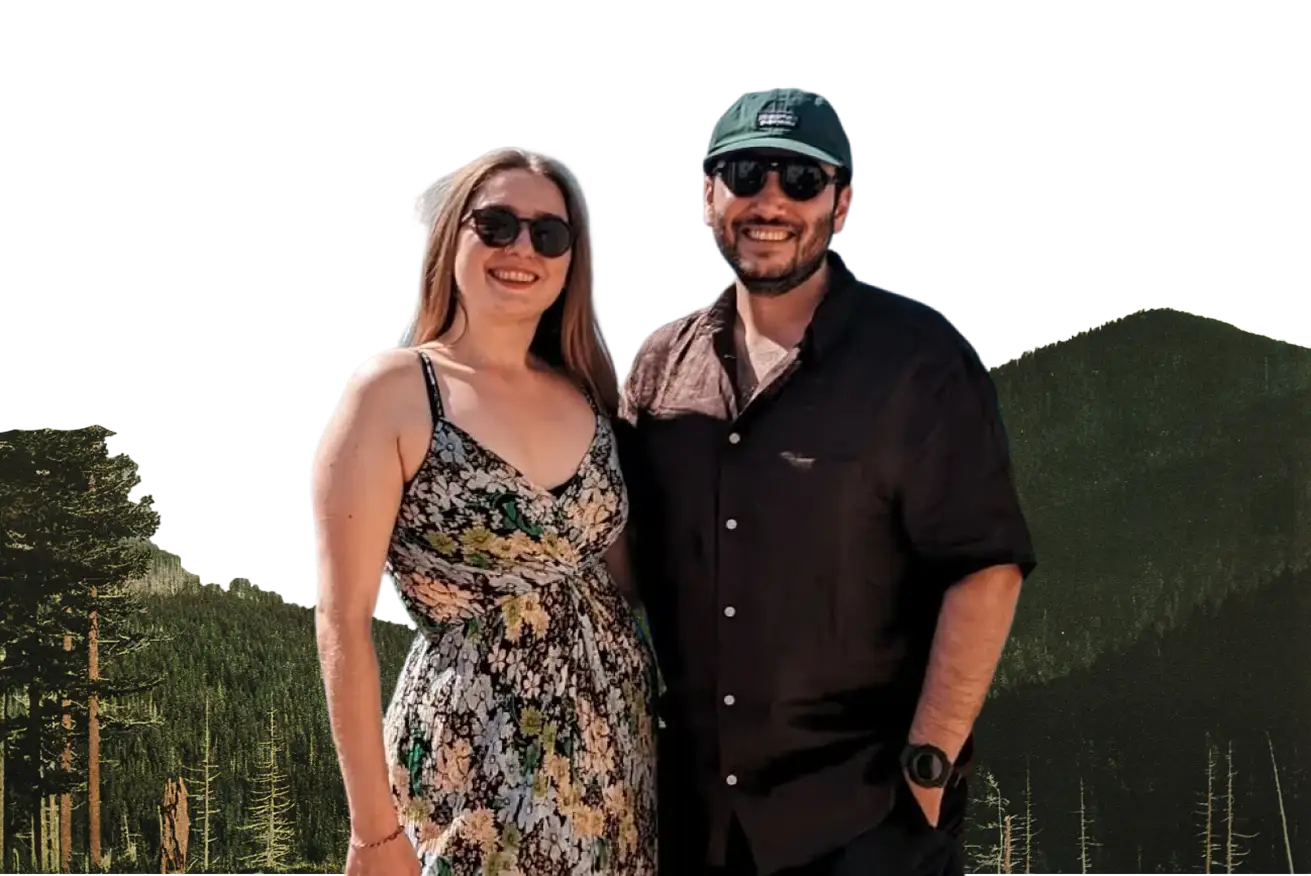We often visit museums to connect with stories of human history, art, and culture, told through carefully chosen artifacts. We stand before objects in glass cases, reading placards that explain their significance. But what if the most important museum you could ever curate is the one you already live in?
At On Way Storytellers, we believe that the practice of finding meaning and connection isn't just for faraway lands. It's a powerful tool for enriching our everyday existence. This is our quiet rebellion against the belief that a meaningful life is something that happens "out there," on vacation.
We propose a different approach: learning to see your own home as a living museum, and yourself as its thoughtful curator. This isn't about expensive collections or minimalist aesthetics; it's about the intentional practice of imbuing your personal space with story, memory, and meaning.
The curator's mindset: shifting from "owning" to "understanding"
The difference between a cluttered house and a meaningful museum is curation. A curator doesn't just accumulate objects; they understand the context and story of each piece and how it contributes to a larger narrative. You can apply this same mindset to the objects in your own life.
- The problem it solves: Many of us live surrounded by things – gifts, inheritances, impulse buys, souvenirs – that have become "invisible" or feel disconnected from our inner lives. They are just "stuff."
- The shift: By applying the "Curator's Mindset," you shift from passively owning these objects to actively engaging with their stories. A simple vase from your grandmother is no longer just a vase; it's an artifact representing family history, a specific era of design, and your personal connection to her.
How to curate your own "museum": three practical lenses
This practice is about asking better questions of the things you already have. Here are three "Curious Explorer" lenses you can use to start uncovering the stories hidden in your own home.
1. The lens of origin & material (historical inquiry):
- The practice: Pick one object you see every day (a wooden chair, a ceramic mug, a piece of jewelry). Get curious about its physical story. Where did its materials come from? What skills were required to make it? What historical or cultural tradition does its design belong to?
- The outcome: This practice connects you to vast histories of craft, trade, and geology through a single, familiar object. Suddenly, your simple coffee mug isn't just a mug; it's a testament to centuries of pottery techniques and the specific clay from a particular region. It turns the mundane into the meaningful.
2. The lens of memory & association (personal archaeology):
- The practice: Choose an object that has been with you for a long time. Sit with it for a few minutes. Ask: What specific memories does this object hold? Who gave it to me, and what was happening in my life then? What feelings or past versions of myself does it evoke?
- The outcome: This transforms objects into powerful personal talismans. A well-worn book becomes an anchor to the person you were when you first read it. A simple postcard becomes a portal to a specific feeling of a past journey. You are excavating the stories of your own life.
3. The Lens of ritual & function (living heritage):
- The practice: Observe a daily ritual in your home – making morning coffee, lighting a candle in the evening, listening to music while cooking. Ask: Why this specific ritual? What is its purpose beyond the practical function? Does it bring comfort, create a transition, or connect you to something larger?
- The outcome: This elevates routines into intentional rituals. Making tea ceases to be a simple habit and becomes a conscious act of grounding or reflection. You recognize that how you live in your space is as important as what you put in it.
Ola: "In our home, a simple Turkish rug woven by Riza's grandmother is a perfect example. Using the 'Origin' lens, we see the story of nomadic craft and specific Anatolian wool. Using the 'Memory' lens, Riza sees his childhood home. Using the 'Ritual' lens, we see the daily act of our feet touching it as a connection to family across distance. The rug becomes a multi-layered story we live with every day."
Curating the museum of your own life is a profound act of "Artful Living." It is a declaration that meaning, beauty, and history are not just things to be observed in galleries, but are present and available to be uncovered and cherished in the intimacy of our own homes. It teaches us that the most important stories are often the ones we choose to live with every day.
.svg)





